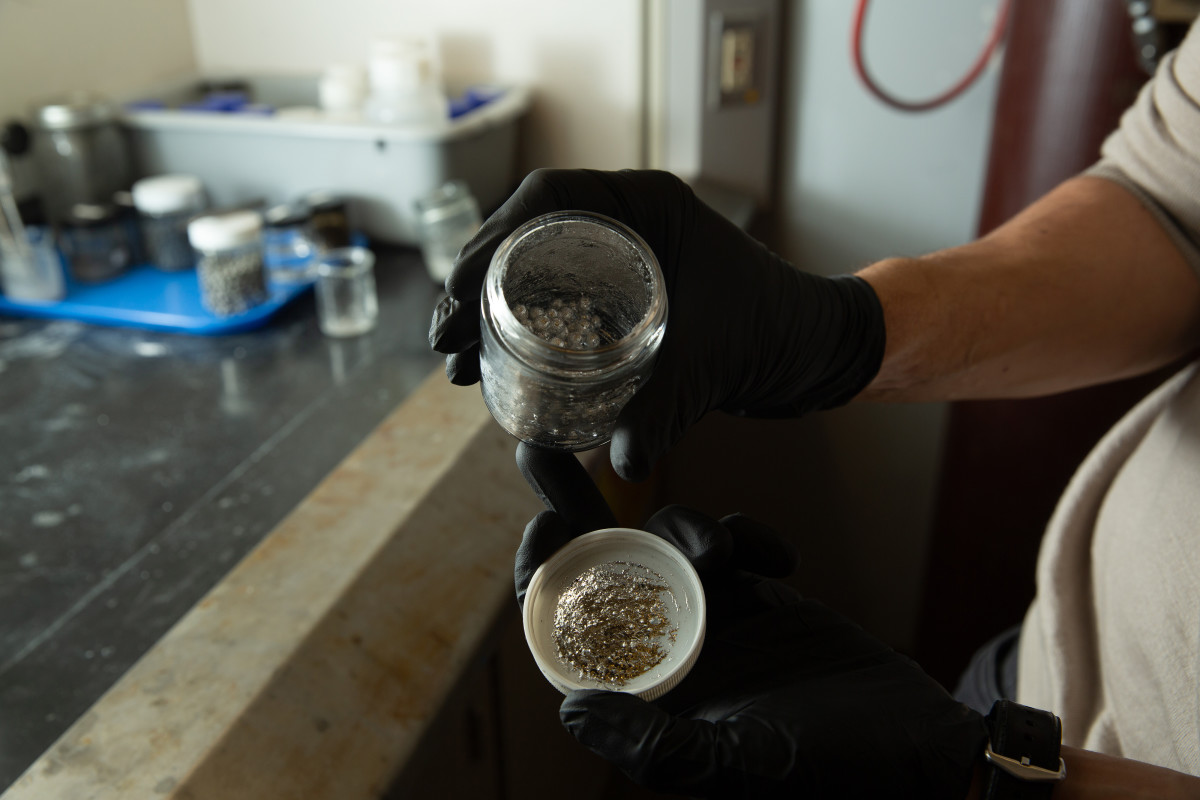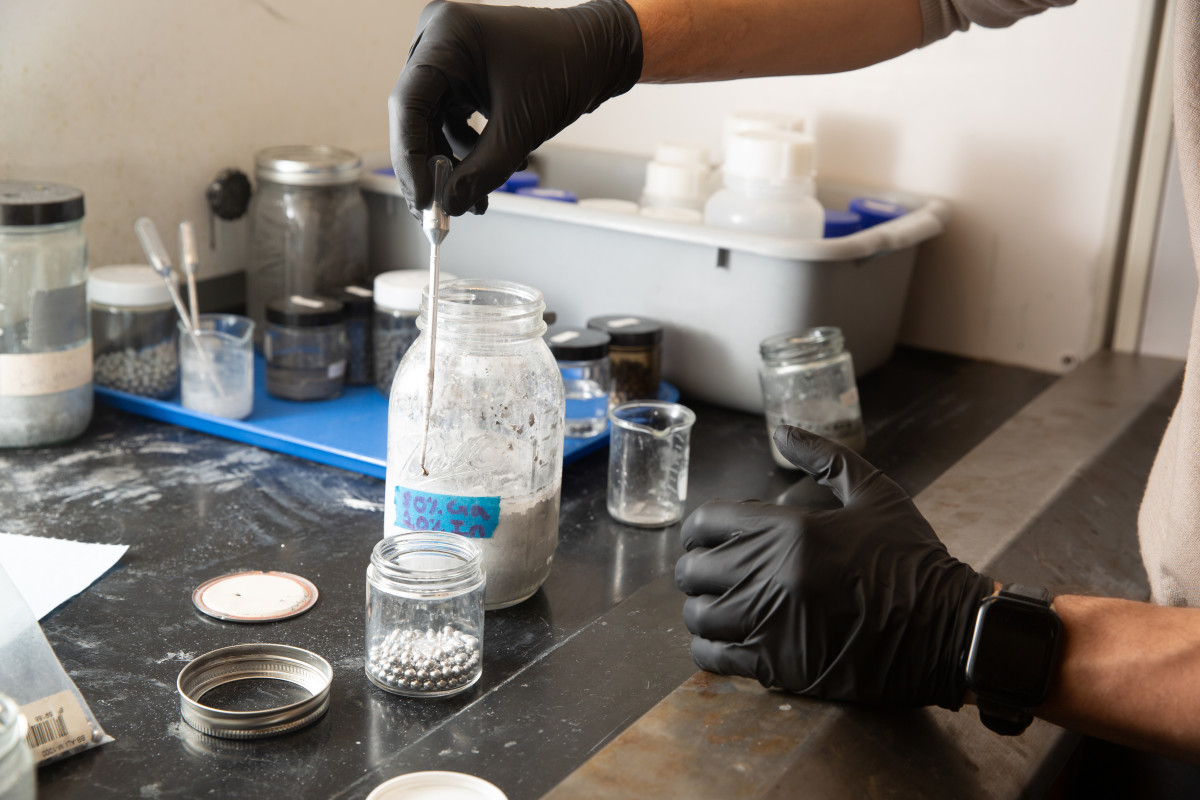https://lifehacker.com/health/how-i-feel-after-90-days-on-a-vibration-plate
We may earn a commission from links on this page.
From 1969 to 2025, the idea of vibrating your way to fitness just won’t go away. Whatever shape they take, vibration plates are a relentless wellness trend, with influencers claiming they’ll transform your body with minimal effort.
Both Lifehacker’s senior health editor Beth Skwarecki and I have previously busted those myths. While your muscles do contract during the vibrating experience, these aren’t the same type of contractions that build substantial strength or burn meaningful calories. After all, if something sounds too good to be true on social media, it probably is. But does that mean it’s completely without merit?
Given all this context, I still gave my vibration plate a shot. I wasn’t expecting to get a new set of legs, but I wanted to see what these devices actually do when used consistently in real-world conditions.
My 90-day vibration experiment
I used this $109.99 (currently $98.99) vibration plate from Merach, a popular brand on the TikTok Shop.
My approach was deliberately simple and sustainable. Every day for 90 days, I committed to 10 minutes on the vibration plate. I kept myself engaged with light squats, calf raises, or simply standing in different positions while the machine did its thing. Most evenings, I’d park myself on the plate while watching TV, listening to music, or simply zoning out at the end of a long day. It became a ritual—a small pocket of time that was entirely mine.
The beauty of this routine wasn’t in its intensity but in its consistency. Ten minutes felt manageable even on the busiest days. Sometimes I’d be actively moving, other times I’d just stand there and let the vibrations wash over me like a full-body massage. There was something oddly meditative about surrendering to the mechanical rhythm.
The unexpected brain benefits
After three months, my legs look and feel exactly the same. As expected. My strength hadn’t dramatically improved, and I wasn’t suddenly running faster or jumping higher. But the most interesting effect wasn’t physical at all.
I loved the way the vibration plate cleared my head. Maybe it was placebo, or perhaps more about the ritual than the vibrating itself, but I found this device tickled my brain in an amazing way—and I’m not alone. Scrolling through comments on vibration plate videos or Reddit threads, tons of people share this sentiment, particularly when it comes to their ADHD symptoms.
I have ADHD myself, and those 10 minutes became a reset button for my scattered thoughts. Whether I’d had a stressful day at work or felt overwhelmed by endless tasks, stepping onto that vibrating platform seemed to shake loose the mental static. My racing mind would slow down, and I’d feel a little more more centered and focused.
What the science says
Since this was all wildly anecdotal and subjective, I wanted to understand if there was any research backing this up. A small study from 2014 found promising effects of whole body vibration on attention in both healthy individuals and adults with ADHD. More research is needed, but their theories suggest that the sensory input from vibration might help regulate an overactive mind, similar to how fidget tools can help people with ADHD concentrate.
I’d love to see more research about the effects of vibration plates specifically on people with ADHD and other attention disorders. For now, all I know is that it felt like it calmed my mind in ways I hadn’t expected. The vibration plate didn’t transform my physique, but the gentle shaking sure was like a fidget spinner for my brain.
The bottom line
The wellness industry loves to oversell simple solutions, and vibration plates are no exception. Still, I sincerely enjoy my vibration plate as a recovery tool and relaxation device (rather than a fitness game-changer). It’s become part of my wind-down routine, like bedtime reading or yoga. The physical benefits might be minimal, but the mental ones are noteworthy enough for me.
If you’re considering a vibration plate, adjust your expectations accordingly. Don’t expect miraculous muscle gains or dramatic weight loss. But if you’re looking for a unique way to decompress, manage stress, or quiet a busy mind, these devices might offer unexpected value.
via Lifehacker https://ift.tt/tPaEAkU
July 22, 2025 at 01:13PM







